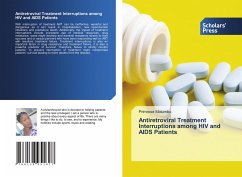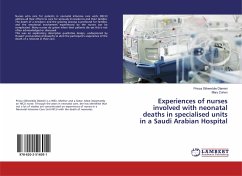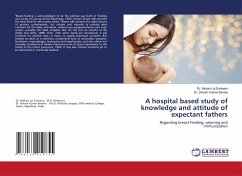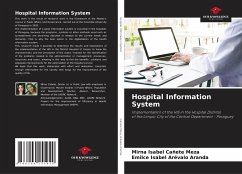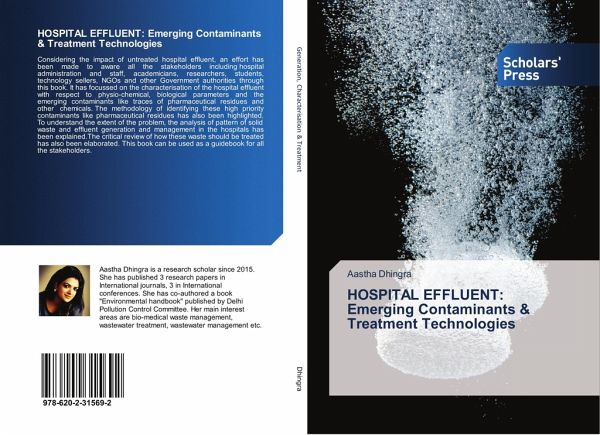
HOSPITAL EFFLUENT: Emerging Contaminants & Treatment Technologies
Versandkostenfrei!
Versandfertig in 6-10 Tagen
40,99 €
inkl. MwSt.

PAYBACK Punkte
20 °P sammeln!
Considering the impact of untreated hospital effluent, an effort has been made to aware all the stakeholders including hospital administration and staff, academicians, researchers, students, technology sellers, NGOs and other Government authorities through this book. It has focussed on the characterisation of the hospital effluent with respect to physio-chemical, biological parameters and the emerging contaminants like traces of pharmaceutical residues and other chemicals. The methodology of identifying these high priority contaminants like pharmaceutical residues has also been highlighted. To...
Considering the impact of untreated hospital effluent, an effort has been made to aware all the stakeholders including hospital administration and staff, academicians, researchers, students, technology sellers, NGOs and other Government authorities through this book. It has focussed on the characterisation of the hospital effluent with respect to physio-chemical, biological parameters and the emerging contaminants like traces of pharmaceutical residues and other chemicals. The methodology of identifying these high priority contaminants like pharmaceutical residues has also been highlighted. To understand the extent of the problem, the analysis of pattern of solid waste and effluent generation and management in the hospitals has been explained.The critical review of how these waste should be treated has also been elaborated. This book can be used as a guidebook for all the stakeholders.




